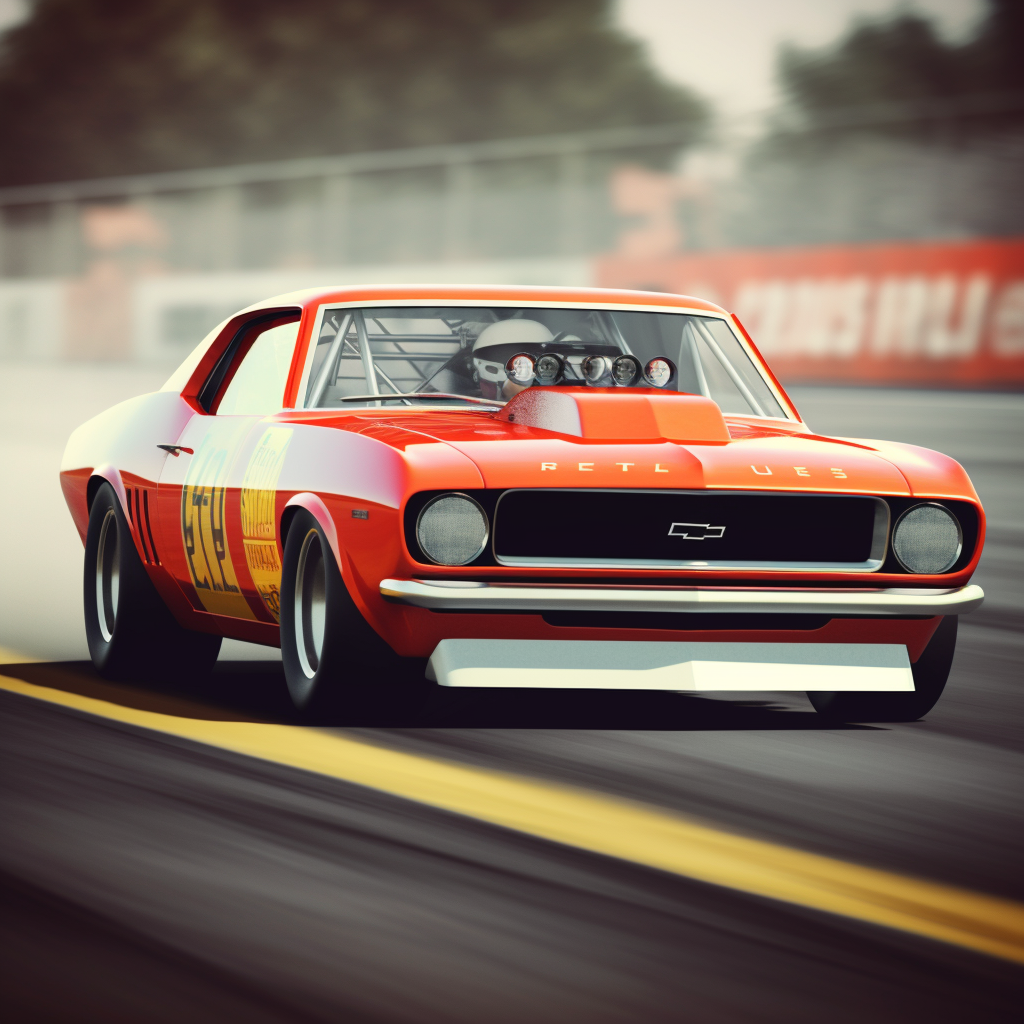Tubbing is a technique used by drag racers to modify a car for improved performance on the race track. It involves removing the bodywork from the car and replacing it with a custom-built tubular steel frame. This frame is designed to reduce weight and increase rigidity, allowing the car to corner and accelerate faster.
The process of tubbing a car begins with the removal of the existing bodywork. This includes the doors, hood, fenders, and trunk lid. Then, the frame is custom-built to fit the car. Generally, a tube frame is used for its light weight and strength. However, some drag racers opt to use a space frame, which is even lighter and more rigid.
Once the frame has been built, the body panels can be mounted to the frame. This is usually done with a combination of sheet metal and fiberglass. The body panels are then painted to match the car’s original color. The engine, transmission, and suspension components are then reinstalled.

The purpose of tubbing a car is to reduce its weight and improve its performance. By reducing the car’s weight, it is able to accelerate and corner faster. This is especially useful in drag racing, where the goal is to get from the start line to the finish line as quickly as possible.
However, tubbing a car is not without its risks. Tubbing can compromise the car’s structural integrity and safety if done improperly. It is important to follow the proper procedures when tubbing a car, such as ensuring that the frame is properly welded and that the body panels are securely fastened to the frame. It is also important to use quality components when building the frame and mounting the body panels.
Tubbing a car is not a job for the inexperienced. It requires special tools and knowledge of welding, bodywork, and mechanical engineering. When done correctly, tubbing can give a car a significant performance advantage. However, it should only be attempted by those with the proper experience and knowledge.

